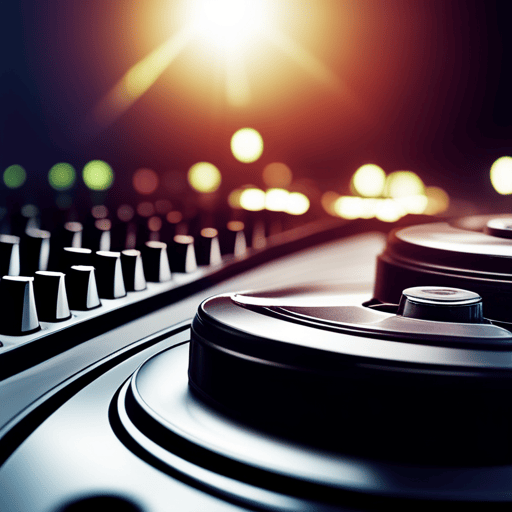Producing Electronic Dance Music: Vital Production Tips

How important is sound design in the production of Electronic Dance Music?
Electronic Dance Music (EDM) is undoubtedly one of the most popular genres of music today, captivating a global audience with its irresistible beats and infectious rhythms. Nonetheless, producing unique, compelling EDM tracks takes more than just understanding how beats work. As an EDM producer, you need to master various techniques and stay updated with the latest trends. If you want to make waves in the scene, these vital tips will help guide you on your musical journey.
Understanding Your Genre
EDM encompasses many sub-genres – house, techno, dubstep, trance, and more. Before you begin your production process, make sure you have a deep understanding of the genre you want to produce. Listen to the top tracks within this genre, analyze their structure, tempo, and sound design. The more knowledge you have about your genre, the easier it will be to create something unique yet relevant.
Invest in Good Equipment
Good production can not be achieved without good equipment. While the price tag can sometimes be high, reliable, high-quality equipment will produce a superior sound. Consider investing in a powerful computer, a good pair of studio monitor speakers, a reliable MIDI controller, and a professional DAW (Digital Audio Workstation).
Mastering Your DAW
Your Digital Audio Workstation (DAW) is potentially the most potent tool you have as an EDM producer. Whether you’re using Ableton Live, Logic Pro, or FL Studio, take time to thoroughly understand its functionalities. Knowing your way around your DAW will significantly speed up your creative process and enable you to bring your musical ideas to life more effectively.
Sound Design and Sample Selection
Noise plays a crucial role in your tracks. Spend time on sound design and sample selection. Design your sounds or select samples that fit your genre and style of music. Complement your synthesizer sounds with high-quality samples to achieve a fuller and more complete sound.
Learn Music Theory
Many aspiring producers overlook the importance of understanding music theory, considering it irrelevant for EDM. However, having a basic grasp of music theory can significantly improve your music. It allows you to understand chord progression and scales better, helping you create harmonically rich and compelling tracks.
Track Structuring
A successful EDM track is built around structure. Common structures in EDM include the intro, build-up, drop, breakdown, and outro. Each of these components plays a unique role, but they should flow seamlessly to keep the listener entranced from start to finish. Track structuring is a skill that develops with time and practice.
Mixing and Mastering
Finally, mixing and mastering are crucial stages in the production of an EDM track. Mixing balances the elements of track to ensure it sounds good on all types of systems. In contrast, mastering optimizes the track for distribution. Consider seeking professional help if you’re not confident in your mixing and mastering skills.
In conclusion, producing Electronic Dance Music is an exciting journey that requires creativity, dedication, and constant learning. These tips will help you start on the right foot and guide you towards producing killer tracks that resonate with listeners. So go ahead, and start creating your musical legacy in the world of EDM!
